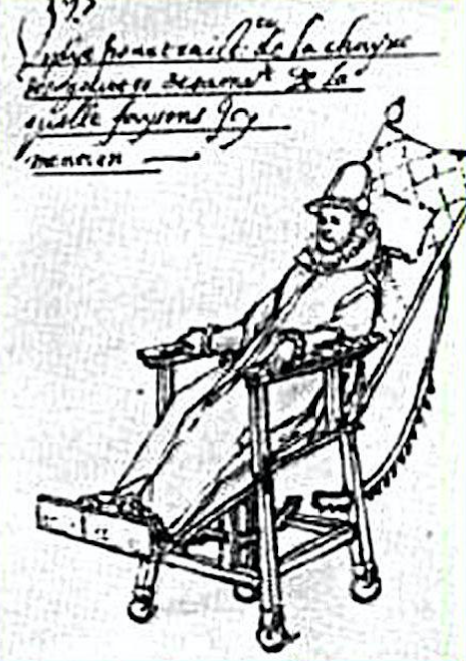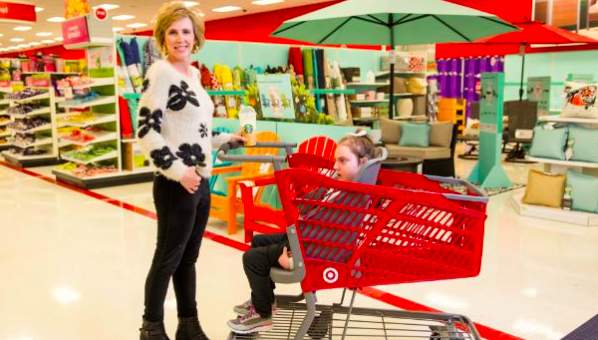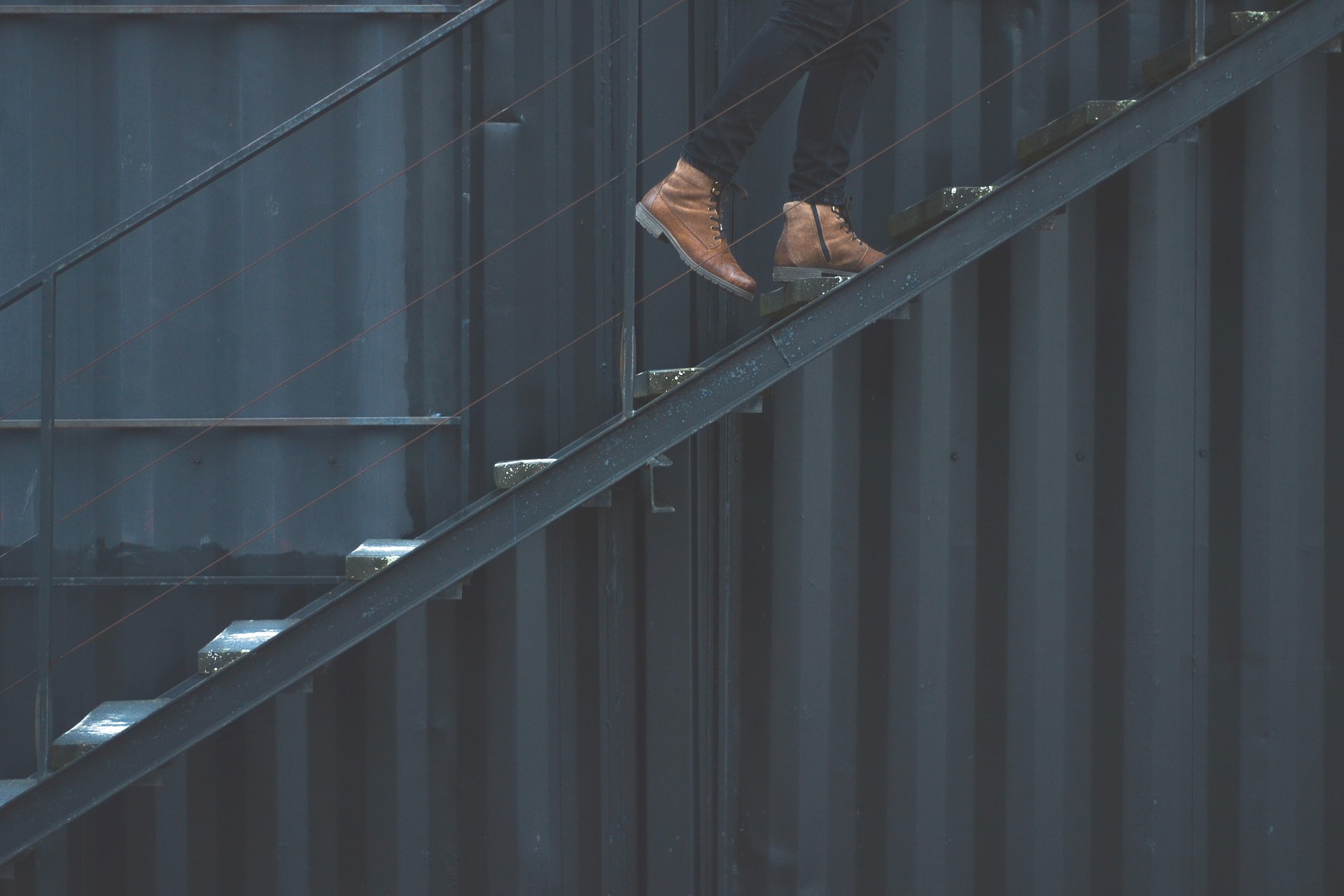 Did you know mobility aids date back many many centuries? In fact, royalty such as King Phillip II (1595) of Spain used a modified chair with wheels and foot rests when he reigned. Both design and engineering have come a long way since the wood and wicker wheelchairs of the 19th and 20th centuries though.
Now older adults with mobility issues and other younger people with disabilities can take advantage of the vast supply of devices and aids which help support their walking and ability to stay active, from quad canes to knee scooters, standing wheelchairs, and more.
Did you know mobility aids date back many many centuries? In fact, royalty such as King Phillip II (1595) of Spain used a modified chair with wheels and foot rests when he reigned. Both design and engineering have come a long way since the wood and wicker wheelchairs of the 19th and 20th centuries though.
Now older adults with mobility issues and other younger people with disabilities can take advantage of the vast supply of devices and aids which help support their walking and ability to stay active, from quad canes to knee scooters, standing wheelchairs, and more.
As the world dives further into the 21st century, however, ingenuity and out-of-the-box thinking are sparking even greater and more effective innovation for people who require mobility assistance.
Check out these recent news stories capturing just how broad the range of mobility assistance has come:
 In Tilburg, Netherlands a Dutch company is testing out a new digital application that would allow elderly people who need more time crossing crosswalks to request it as they approach. According to The Guardian, sensors at traffic lights constantly scan the ground, and when they sync with the app on the phone of a pedestrian with restricted mobility, it cues the light change to give that pedestrian extra walking time.
The goal of applications and services like this is to not only make crossing safer and prevent elderly people and those with limited mobility from having to dodge traffic but to amplify a message of inclusivity and encourage people with mobility limitations to stay active.
In Tilburg, Netherlands a Dutch company is testing out a new digital application that would allow elderly people who need more time crossing crosswalks to request it as they approach. According to The Guardian, sensors at traffic lights constantly scan the ground, and when they sync with the app on the phone of a pedestrian with restricted mobility, it cues the light change to give that pedestrian extra walking time.
The goal of applications and services like this is to not only make crossing safer and prevent elderly people and those with limited mobility from having to dodge traffic but to amplify a message of inclusivity and encourage people with mobility limitations to stay active.
- Toyota Motor Corp out of Japan has completed the first in-home trial of a robot in North America which is designed to assist people with limited abilities in completing everyday tasks and remaining independent. TechCrunch reports that the Human Support Robot was tested with assisting a U.S. war veteran who was paralysed from the neck down while serving. The robot has wheels for easy manoeuvring and an articulating arm which can open and close doors as well as grab and retrieve items. Other automakers like Honda are considering the feasibility of getting into the in-home robotics industry, which can mean wide-scale and effective mobility assistance for people who need it the most down the line.
 New shopping trolleys have hit the aisles of an East Auckland supermarket, specifically designed to make life a little easier for customers with special needs and their caregivers. Named “Caroline’s Cart” and created by a mother of a child with special needs, the modified trolley features a front-facing seat with a harness which can hold up 115kg. This allows parents and caregivers the opportunity to shop safely with their loved ones without having to simultaneously push a wheelchair or other device, or potentially leave them in the car.
These types of carts are widely distributed in Walmarts and Target stores around the U.S. and are slowly making their way into New Zealand and Australian shopping markets. With extremely positive initial feedback, you’re likely to see one in a store near you soon.
New shopping trolleys have hit the aisles of an East Auckland supermarket, specifically designed to make life a little easier for customers with special needs and their caregivers. Named “Caroline’s Cart” and created by a mother of a child with special needs, the modified trolley features a front-facing seat with a harness which can hold up 115kg. This allows parents and caregivers the opportunity to shop safely with their loved ones without having to simultaneously push a wheelchair or other device, or potentially leave them in the car.
These types of carts are widely distributed in Walmarts and Target stores around the U.S. and are slowly making their way into New Zealand and Australian shopping markets. With extremely positive initial feedback, you’re likely to see one in a store near you soon. A new assistive stair prototype is addressing an issue many elderly and mobility-limited people experience – difficult navigating stairways. For older adults who have no problem walking around and staying active, going up and down stairs can still prove to be a challenging endeavour. The prototype from computer scientists and engineers out of Georgia Tech University and Emory University in the United States harnesses energy from people walking down stairs and recycles it into a little lift when they then ascend the stairs.
After 300 test runs and no safety issues reported, the future for these energy-recycling stairs seems promising, and the cost to the consumer could potentially be lower than your average stair lift or elevator. Not only does easier stair navigation boost safety for elderly and injured people, but it may allow them to remain in their own homes longer.
A new assistive stair prototype is addressing an issue many elderly and mobility-limited people experience – difficult navigating stairways. For older adults who have no problem walking around and staying active, going up and down stairs can still prove to be a challenging endeavour. The prototype from computer scientists and engineers out of Georgia Tech University and Emory University in the United States harnesses energy from people walking down stairs and recycles it into a little lift when they then ascend the stairs.
After 300 test runs and no safety issues reported, the future for these energy-recycling stairs seems promising, and the cost to the consumer could potentially be lower than your average stair lift or elevator. Not only does easier stair navigation boost safety for elderly and injured people, but it may allow them to remain in their own homes longer.
Where technology meets a desire to help people, you get the innovation and creativity of inventions like these. From apps to trolleys, stairs, and robots, the future for the elderly and those with limited mobility and their caregivers is bright.









Kathleen Grimward - 7 years ago
very interesting article on how technology is advancing 4people with mobility issues and not just the elderly.love the supermarket trolley which is apparently in some nz supermarkets now.technology youve gotta love it!!!!